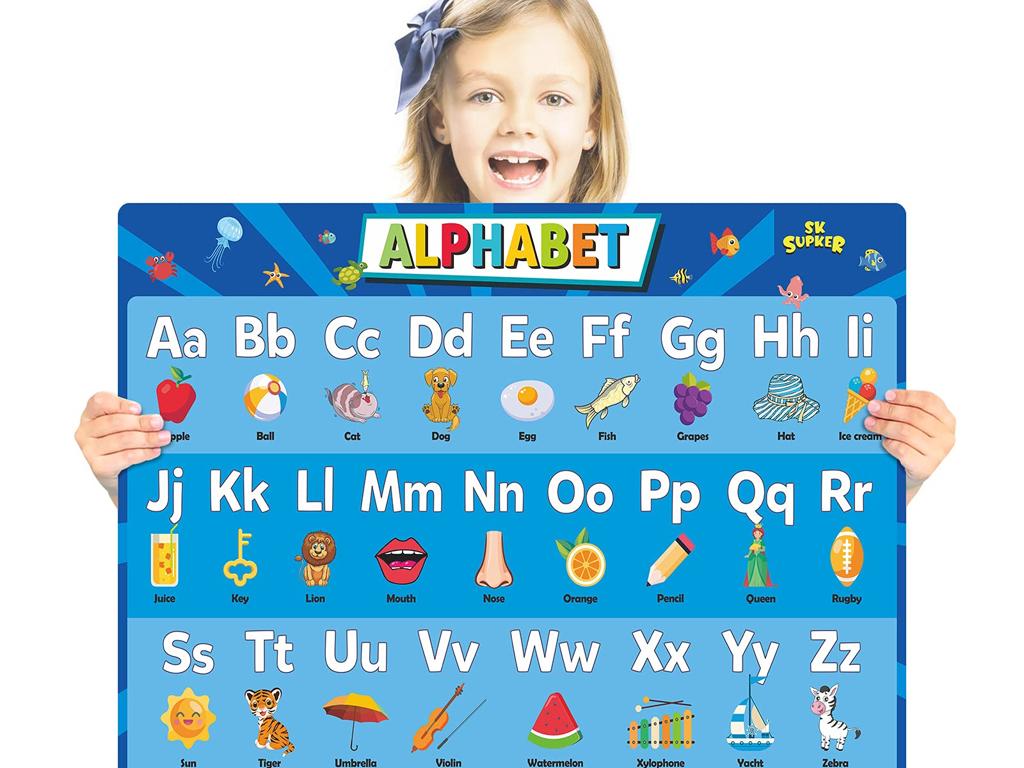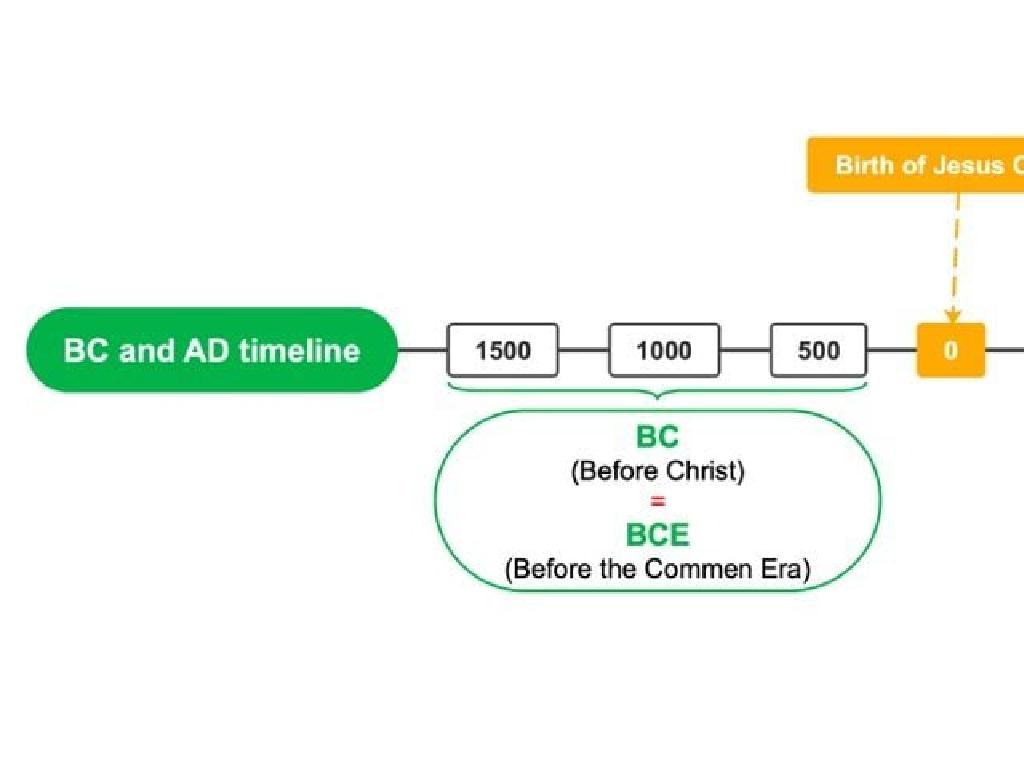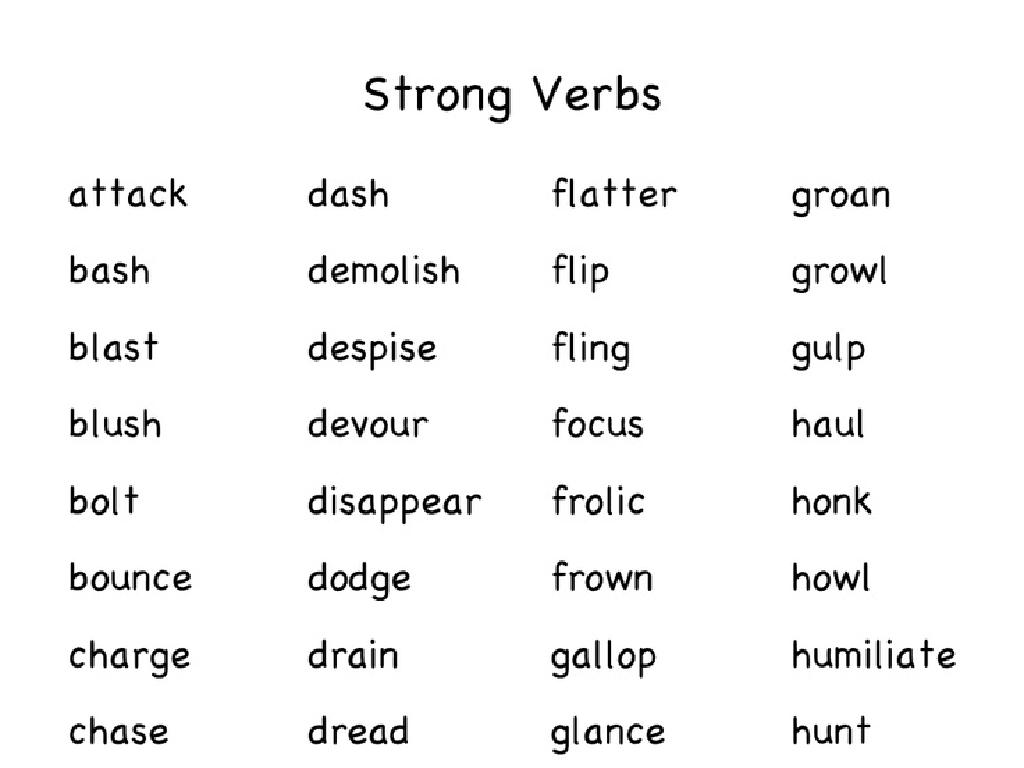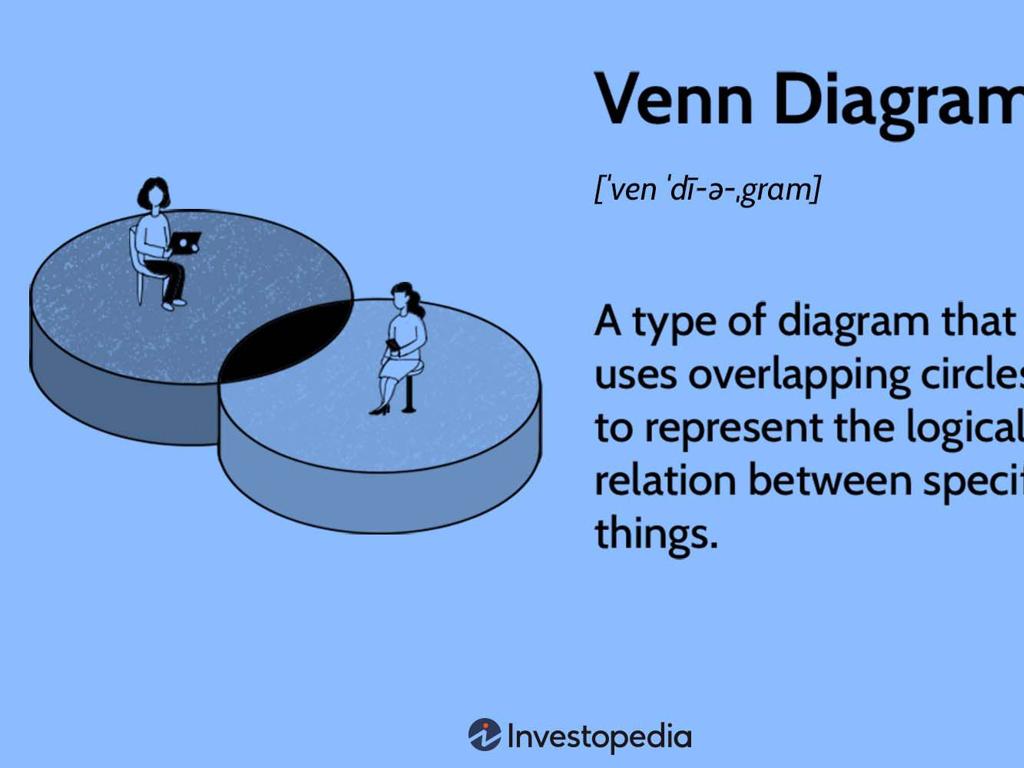Name Countries Of Europe: Region 3
Subject: Social studies
Grade: Sixth grade
Topic: Europe: Geography
Please LOG IN to download the presentation. Access is available to registered users only.
View More Content
Exploring Europe: Region 3
– Europe’s diverse geography
– Europe has a variety of landscapes, climates, and cultures.
– Region 3: Southern Europe
– Southern Europe is known for its warm climate and historical sites.
– Unique features of Region 3
– Region 3 includes the Mediterranean coast and cultural richness.
– Countries in Southern Europe
– Examples: Italy, Greece, Spain, and Portugal are part of Region 3.
|
This slide introduces students to the geography of Europe, with a focus on Region 3, which encompasses Southern Europe. Highlight Europe’s diversity in terms of physical geography, climate, and cultures. Explain that Region 3 is characterized by its warm climate, Mediterranean coastline, and historical significance, with many ancient civilizations having flourished there. Discuss the unique features of this region, such as its cuisine, architecture, and languages. Provide a list of countries in Southern Europe, such as Italy, Greece, Spain, and Portugal, and encourage students to explore the unique aspects of each. The goal is to give students a clear understanding of Europe’s regional differences and the distinct identity of Southern Europe.
Exploring Europe: Region 3
– Locate Region 3 on the map
– Use a map to find Region 3, which includes countries like Italy, Greece, and Croatia.
– Enumerate Region 3 countries
– Italy, Greece, Croatia, Slovenia, and Bosnia are some of the countries in this region.
– Cultural diversity in Region 3
– Region 3 is a tapestry of cultures, with each country having its own unique customs and traditions.
– Discuss language and traditions
– Explore the different languages spoken and traditional festivals celebrated in Region 3.
|
This slide aims to introduce students to the countries of Europe’s Region 3, highlighting its location, the countries that comprise it, and the rich cultural diversity found within. Start by showing Region 3 on a map, pointing out its geographical boundaries and major countries. Then, list the countries, ensuring students are familiar with their names and can locate them on the map. Discuss the cultural diversity, emphasizing the unique languages, customs, and traditions that exist in each country. Encourage students to think about how the culture in each country might differ and what factors contribute to this diversity, such as history, geography, and interactions with other cultures. This will help students appreciate the complexity and beauty of Europe’s cultural landscape.
Geography of Europe: Region 3
– Major mountains and rivers
– The Alps and Danube River are key features.
– Climate and natural resources
– Varied climates, rich in forests and minerals.
– Geography’s impact on life
– Terrain influences agriculture and settlements.
– Explore and learn the terrain
|
This slide aims to introduce students to the physical geography of Europe’s Region 3, which includes the major mountains like the Alps and significant rivers such as the Danube. Discuss how the climate varies from alpine to continental, and the area’s rich natural resources, including forests, fertile soil, and minerals. Highlight how these geographical features have shaped human activity, from the types of crops grown to the location of cities. Encourage students to think about how living near a mountain or river might affect their daily lives, considering aspects like trade, transportation, and recreation.
Political Borders in Europe: Region 3
– Understanding political borders
– Borders define a country’s territory and sovereignty
– Countries in Europe’s Region 3
– Explore nations like Italy, Switzerland, and Austria
– The European Union’s influence
– EU facilitates trade, travel between member countries
– Region 3’s role in the EU
– Region 3 includes key EU members contributing to policies
|
This slide aims to introduce students to the concept of political borders and how they shape the countries in Europe’s Region 3. Begin by explaining what political borders are and their significance in defining a country’s territory and governance. Highlight specific countries in Region 3, such as Italy, Switzerland, and Austria, discussing their geographical location and political boundaries. Discuss the European Union’s role in this region, how it affects trade, governance, and travel among these countries. Emphasize Region 3’s contribution to the EU’s policies and economy. Encourage students to think about how living in a region with multiple countries close together might be different from their own experience.
Cultural Highlights of Europe: Region 3
– Diversity of languages in Region 3
– Region 3 includes languages such as Italian, Greek, and Croatian.
– Iconic landmarks and meanings
– The Colosseum represents historical Roman architecture.
– Regional festivals and customs
– Carnival of Venice, a celebration with masks and costumes.
– Exploring cultural traditions
|
This slide aims to give students a glimpse into the rich cultural tapestry of Europe’s Region 3. Highlight the variety of languages spoken in this area, emphasizing the importance of language in cultural identity. Discuss famous landmarks like the Colosseum in Italy and their historical significance. Introduce cultural festivals such as the Carnival of Venice, explaining how these events reflect the unique traditions of the region. Encourage students to explore the diverse cultural traditions that make Region 3 unique, fostering an appreciation for the area’s history and heritage.
Economic Activities in Europe: Region 3
– Agriculture, Industry, and Services
– Region 3 thrives on farming, manufacturing, and services like tourism
– Trade and commerce dynamics
– Countries trade goods like cars, wine, and cheese
– Geography’s impact on economy
– Mountains and rivers affect transport and trade routes
– Exploring economic diversity
|
This slide aims to give students an overview of the economic activities in Europe’s Region 3, focusing on agriculture, industry, and services. Highlight how the geography of the region, with its diverse landscapes, influences the economic practices and trade patterns. Discuss the importance of trade among European countries and how it fosters economic relationships. Emphasize the impact of physical features like mountains and rivers on transportation and trade. Encourage students to think about how these factors contribute to the economic strength and diversity of the region. Provide examples of typical goods that are traded, and discuss how services such as tourism are vital to the economy.
Class Activity: Exploring European Region 3
– Form groups, each picks a country
– Research a country’s unique aspect
– Focus on physical, cultural, or economic features
– Present your findings to the class
– Collaborate on a Region 3 map
– Include interesting facts on the map
|
This activity is designed to engage students with the geography, culture, and economy of Europe’s Region 3. By working in groups, students will learn about a specific country and share their knowledge with their peers. Teachers should provide resources for research and guide students on how to look for reliable information. Encourage each group to find unique and interesting facts about their chosen country to foster a diverse learning experience. The collaborative map will serve as a visual representation of the region, helping students to better understand and remember the location and characteristics of each country. Possible activities include creating a physical map with markers, a digital map with multimedia elements, or a large poster for classroom display.






